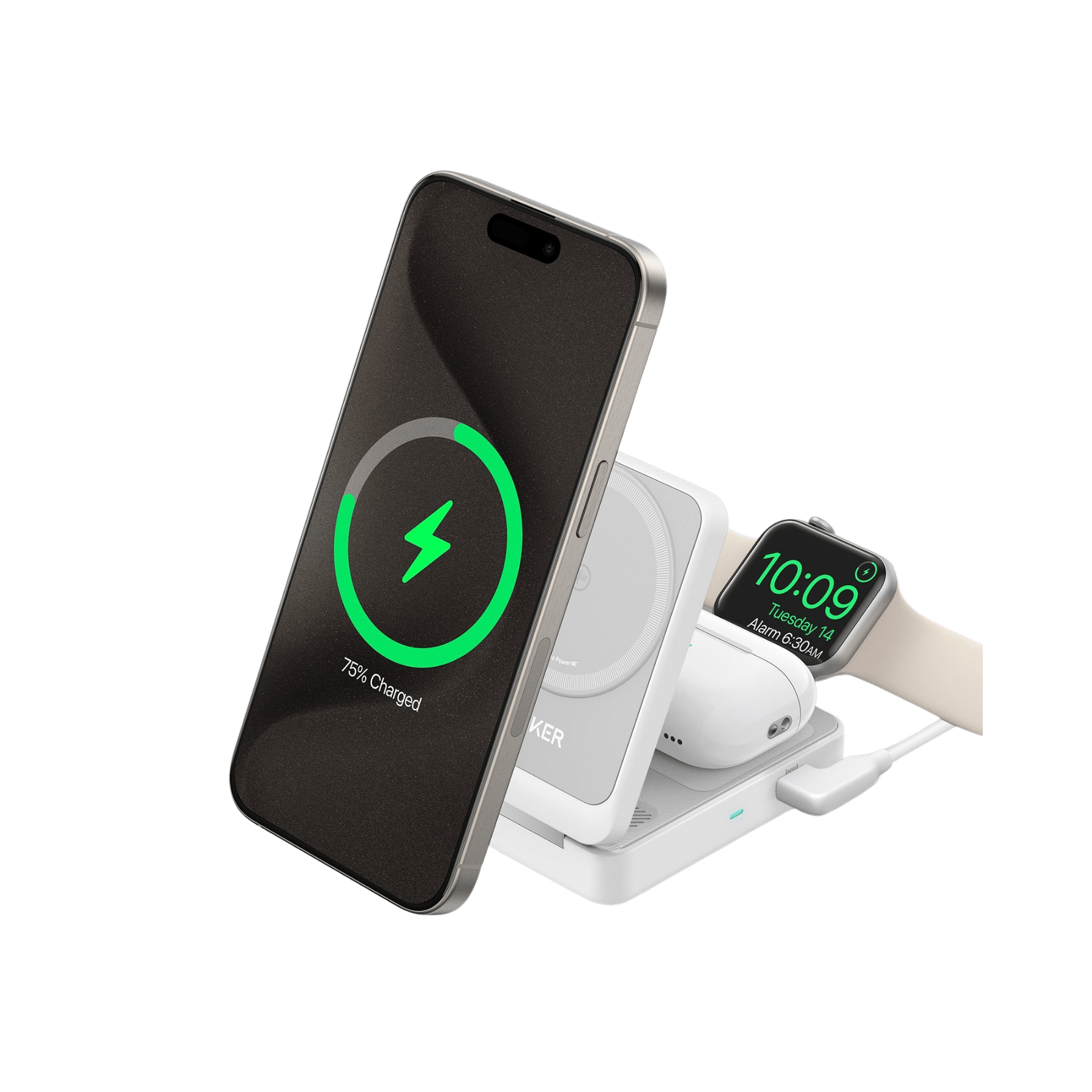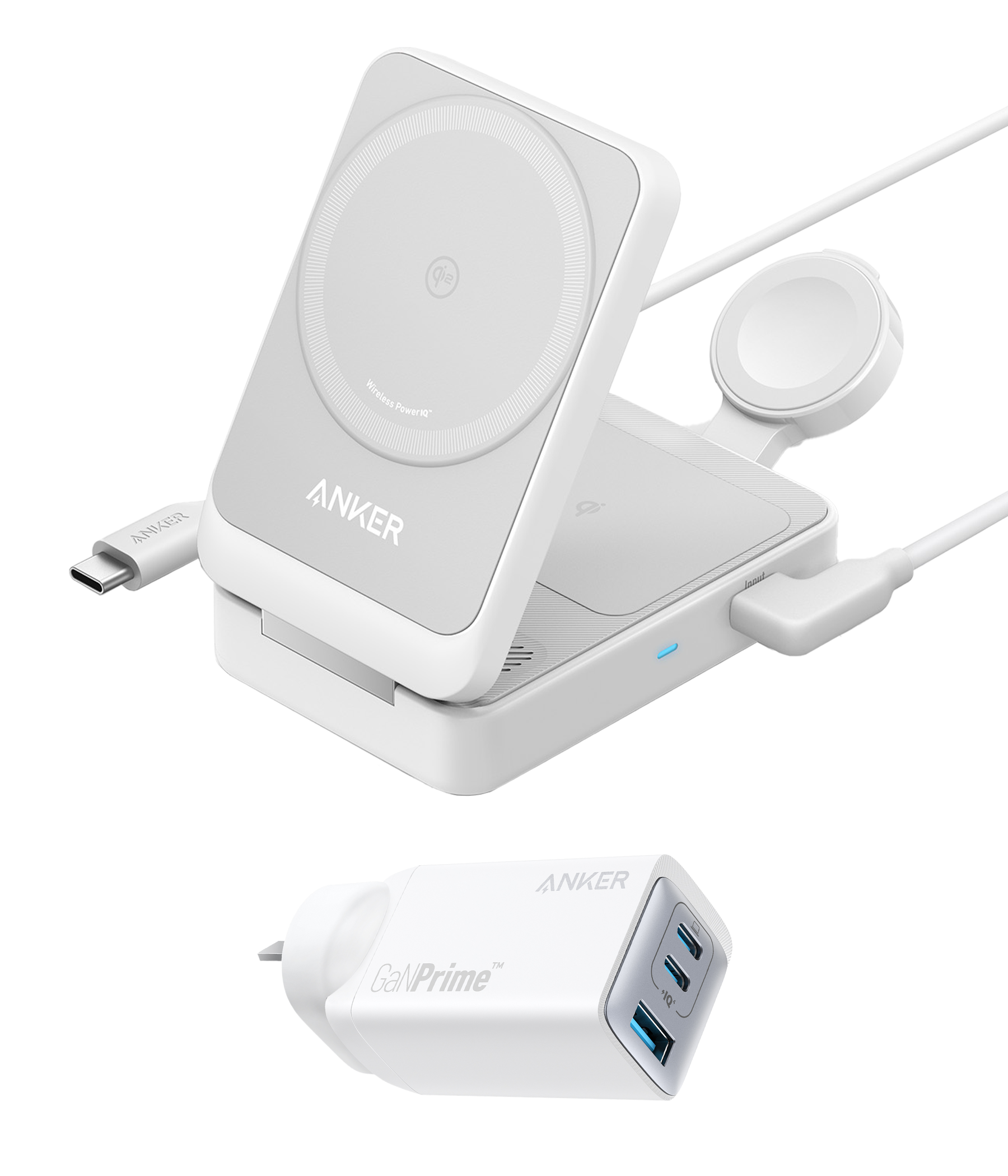To verify if your wireless charger is Qi-certified, you can follow these steps:
Check the Product Packaging: Look for the Qi logo on the packaging. Qi-certified products usually display the official Qi logo prominently.
Check the Charger Itself: Inspect the wireless charging pad or stand for the Qi logo. It is often located on the surface of the charger.
Check the Product Manual: Review the product manual or documentation that came with your wireless charger. Manufacturers typically mention Qi certification in the product specifications.
Check Online Retailer Listings: If you purchased the charger online, check the product listing on the retailer's website. Qi certification is often mentioned in the product details.


























